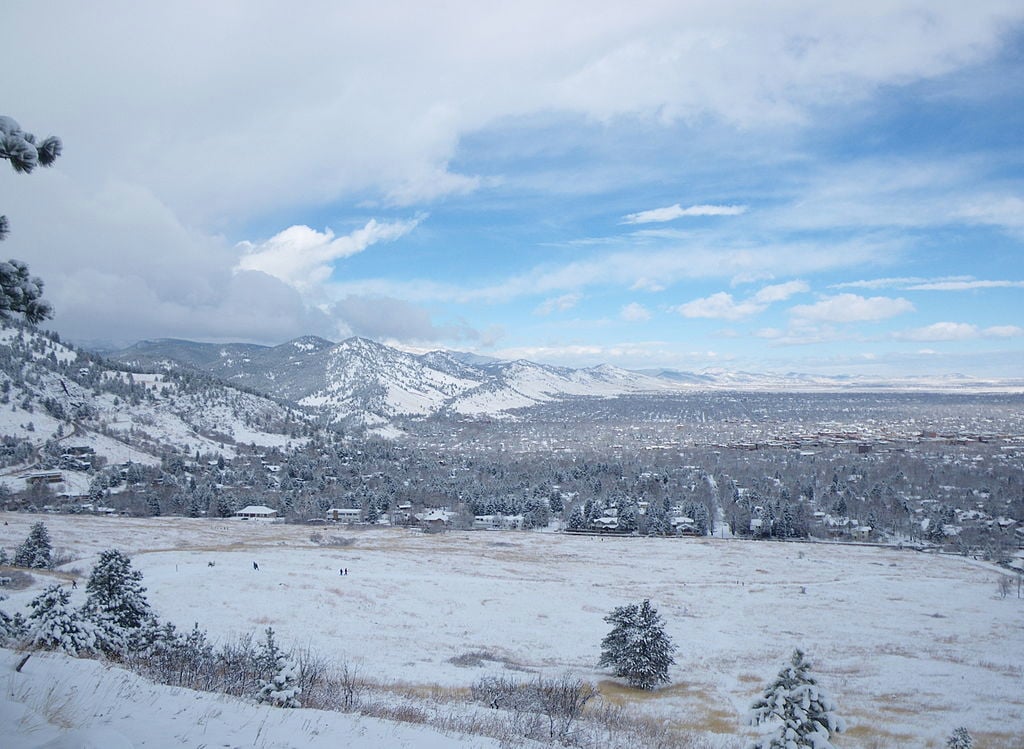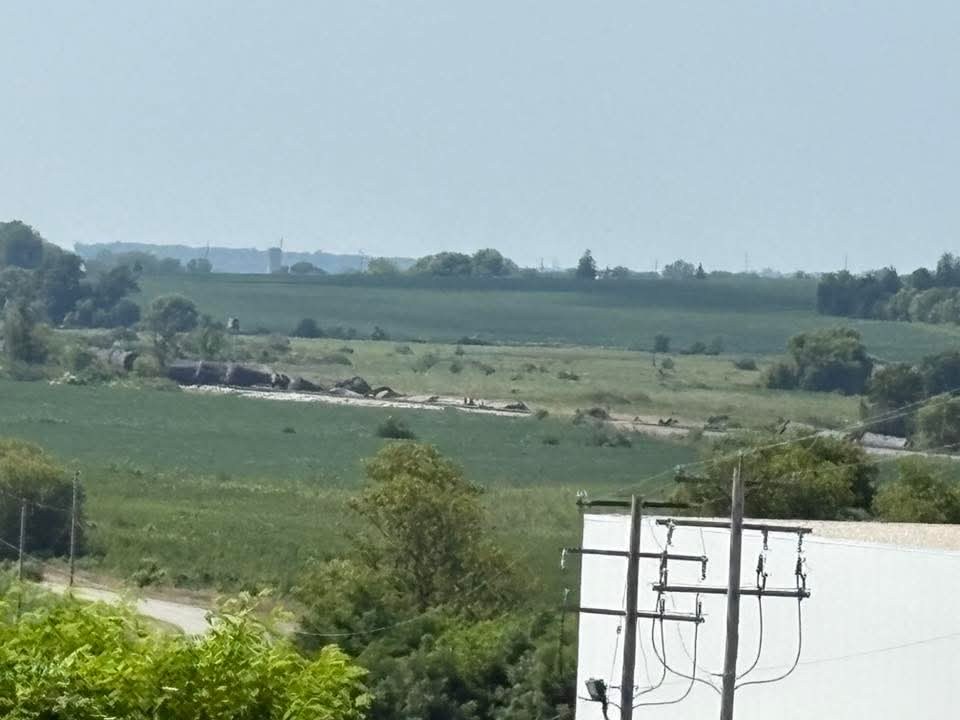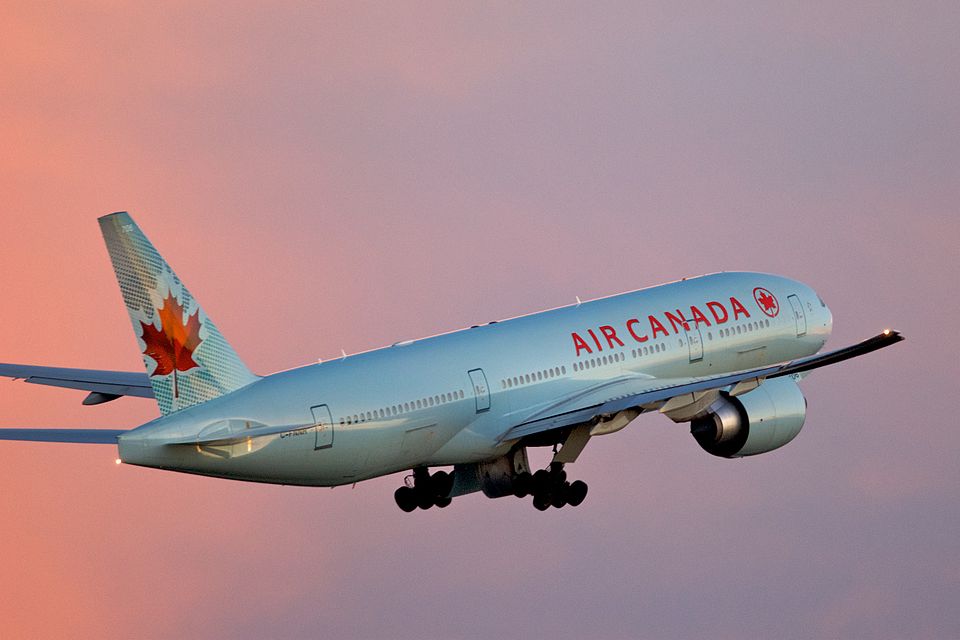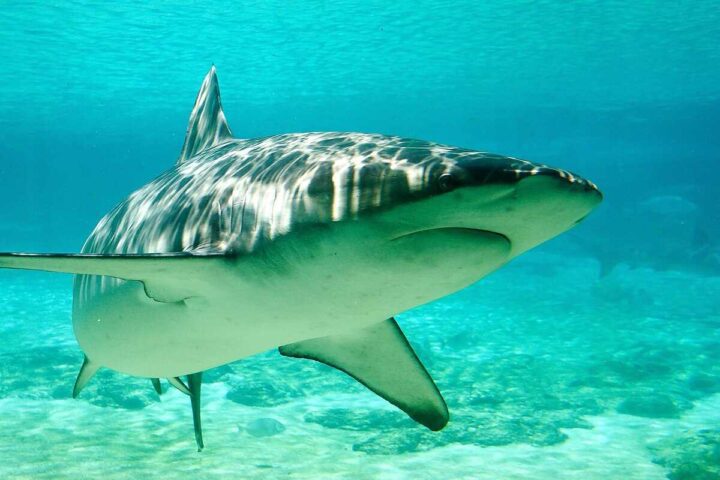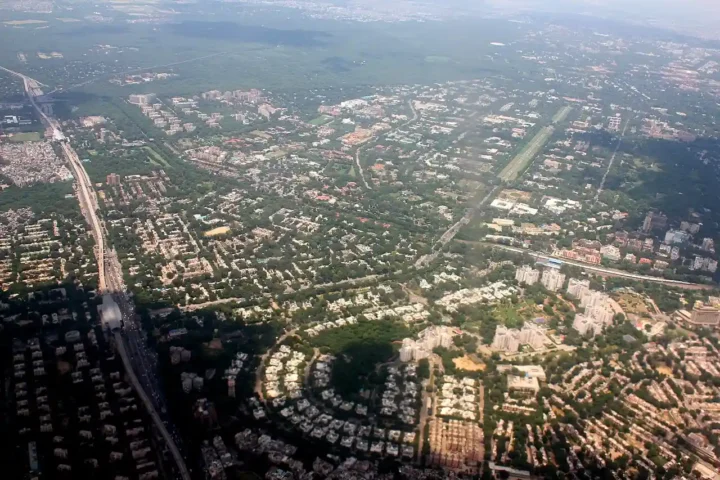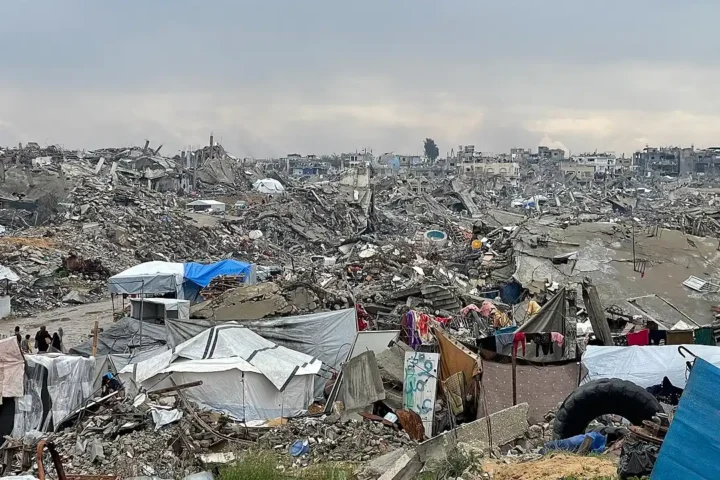Recent weeks have brought hot, dry conditions to Colorado’s high country, but skiers and snowboarders are already looking ahead to the 2025-26 winter season. Early forecasts from weather experts suggest Colorado faces uncertain snow prospects in the months ahead.
The National Oceanic and Atmospheric Administration (NOAA) released its seasonal precipitation outlook on July 17, showing Colorado with “equal chances” for above-normal or below-normal precipitation from November through January 2026. This neutral prediction offers little clarity for winter planning.
While Colorado sits in a zone of uncertainty, NOAA’s maps indicate better prospects elsewhere. The Northern Rockies region (parts of Wyoming, Montana, and Idaho), the Pacific Northwest, and the Great Lakes area all show higher probabilities for above-normal precipitation.
Weather patterns this winter will be heavily influenced by sea surface temperatures in the Pacific Ocean. According to OpenSnow meteorologist Alan Smith, early indicators point toward either a weak La Niña or neutral conditions developing.
“The National Oceanic and Atmospheric Administration issued a new El Niño Southern Oscillation probability map in July, and it is projecting a 50% chance of La Niña conditions developing between October and January,” Smith explained. The same forecast shows a 45% chance of neutral conditions and less than 10% chance of El Niño.
Historically, La Niña patterns can benefit the Central Rocky Mountains with increased snowfall. However, Smith notes that when conditions are weak or neutral, as expected this winter, the signal for Colorado becomes much less clear.
“One big difference this season is that the ocean temperatures in the North Atlantic have flipped from warmer than average (last year) to colder than average (this year),” Smith told The Aspen Times. While the Atlantic is far from Colorado, research shows these temperature changes, combined with Pacific conditions, can significantly influence North American weather patterns.
When examining past winters with similar conditions, Smith found that outcomes for Colorado have been split almost evenly – about half featured above-average snowfall while half saw below-average totals. This historical pattern reinforces the “equal chances” designation from NOAA.
Similar Posts
For Colorado ski resorts, this forecast means preparation for various scenarios. Areas like Aspen, Breckenridge, and Vail face the same uncertainty, while resorts further north in states like Montana and Wyoming might have a slight edge in the seasonal outlook.
The current situation differs from last winter, which featured neutral conditions bordering on La Niña. Near-average in many western areas, with regional variability; not uniformly big in the Sierra. However, Smith cautions that similar overall patterns don’t guarantee similar results.
“There are lots of sub-seasonal weather patterns that cannot be predicted far in advance, so chances are, there will be some differences between this winter and last winter even if we aren’t sure what those differences will be yet,” he said.
Before winter arrives, Colorado could benefit from increased moisture this fall to help combat current wildfire concerns.
Unfortunately, fall precipitation forecasts show the same uncertainty as winter outlooks. With neutral or borderline weak La Niña conditions combined with cool North Atlantic temperatures, Colorado’s autumn precipitation could trend either way.
For skiers and resort operators, the message is clear: while forecasts provide useful context, this season’s snowfall remains unpredictable for Colorado, with equal chances of feast or famine on the slopes.
